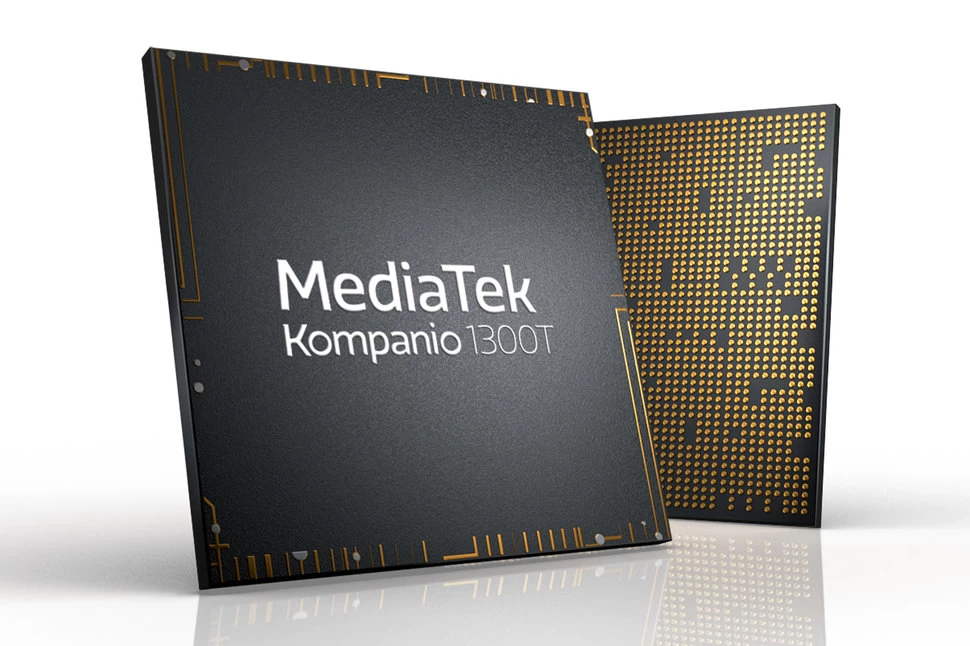Qualcomm and Mediatek Battle for Dominance in India’s 5G Arena; WRC’s Decision to Open 6 GHz Spectrum Boosts Indian Telcos Amidst Tech Company Tensions
In India's thriving smartphone market, a fierce rivalry is emerging between Qualcomm, the global leader in smartphone chip manufacturing, and Taiwan's Mediatek. As India gears up for the rapid deployment of 5G services, these technological giants vie for supremacy in the world's second-largest smartphone market. Meanwhile, The World Radiocommunication Conference (WRC) has granted India's telecom operators a significant victory over tech companies by opening up 100 MHz of spectrum in the 6 GHz band for mobility services globally. The upper 6 GHz band has been earmarked for International Mobile Telecommunications (IMT) in Europe, the Middle East, and Africa. This decision marks a crucial development in the ongoing clash between telecom operators and technology companies over the utilization of the 6 GHz band.

In the competitive domain of India’s flourishing 5G market, Qualcomm, the leading global manufacturer of smartphone chips, finds itself engaged in a strong rivalry with Taiwan’s Mediatek.
India, the world’s second-largest smartphone market, is emerging as the battleground for these tech giants; despite the intense competition, a senior executive from Qualcomm asserts that the company is focused on understanding its customers’ needs rather than engaging in a price war.
Savi Soin, the president of Qualcomm India, emphasizes the company’s leadership position and commitment to demonstrating its platform’s value beyond mere pricing considerations.
Having assumed leadership in August, Soin is actively restructuring Qualcomm India to better assist its clientele in a country witnessing a rapid deployment of 5G services amid a heightened demand for premium smartphones.
Soin reveals that Qualcomm is closely collaborating with India’s major telecom players, Reliance Jio and Bharti Airtel, to identify relevant use cases and device price points that can expedite the widespread adoption of 5G services across the nation.
At the core of this chip competition lies the anticipated exponential growth in India’s 5G mobile phone user base.
The India Cellular & Electronics Association (ICEA) predicts a more than two-fold increase in the installed base of 5G handsets, reaching approximately 500 million by the end of December 2025, up from an estimated 150 million at the close of December 2023, constituting over 70% of the total smartphone base.
Research projections from Counterpoint indicate that 5G devices will constitute 94% and 99% of all smartphones in the Rs 10-20K price range sold in India in 2024 and 2025, respectively.
Cybermedia Research data spotlights Qualcomm’s market presence, indicating that 3.8 million Qualcomm-powered premium smartphones (priced above Rs 25K) captured a 35% market share in Q3 2023, while MediaTek held a 31% share in volume terms.

Moreover, Qualcomm secured a 37% market share with 1.8 million super-premium smartphones (priced above Rs 50K), surpassing MediaTek’s 10% share in volume terms. Q3 of 2023 witnessed a 36% and 91% YoY growth in India’s premium and super-premium smartphone segments.
Soin highlights Qualcomm’s ongoing organizational adjustments to ensure the deployment of the right personnel and engineering support, aligning with the objective of catalyzing 5G adoption in India.
As Jio and Airtel prepare for the national rollout of 5G services, Qualcomm aims to assist these operators in understanding the driving use cases for 5G adoption among retail consumers and enterprises.
Soin also stresses Qualcomm’s focus on the Internet of Things (IoT) space, presenting significant market opportunities aligned with the Make in India/Design in India perspective.
In addition to reorganizing its structure, Qualcomm India is actively seeking impactful use cases, independent software vendors (ISVs), and developers involved in cutting-edge work related to digital health, 5G, AI, and mobile computing.
Soin outlines Qualcomm’s objective to empower the next generation of Indian entrepreneurs to develop innovative use cases within these domains on the Qualcomm platform.

WRC’s Decision to Open 6 GHz Spectrum
Telecom operators in India have fervently sought the 6 GHz band for IMT, considering it essential to achieving national connectivity goals and meeting future spectrum requirements for 5G/6G.
Conversely, technology companies have advocated for delicensing the band, allowing for Wi-Fi usage without auctions.
The WRC’s designation of the upper 6 GHz band for IMT in region 1, comprising Europe, the Middle East, and Africa, now opens opportunities for regions 2 and 3, including India, to utilize the spectrum for future 5G, 5G advanced, and 6G technologies.
The positive news for Indian telecom operators lies in the broad global support for IMT in the 6 GHz band, fostering the development of an ecosystem. While India is yet to make a decision on utilizing the band for mobility, industry executives view the WRC decision as a favorable development for telcos in India.
Organizations such as the Broadband India Forum (BIF), representing major entities like Amazon, Meta (owner of WhatsApp), and Microsoft, see the WRC decision as a significant step toward opening substantial mid-band spectrum for 5G and 6G.
The ITU-APT Foundation of India (IAFI), whose members include Amazon, Meta, OneWeb, Airtel, Ericsson, Qualcomm, etc., acknowledges the decision’s impact on meeting the mobile industry’s aspirations.

Additionally, the WRC-23 has approved new studies in the 4 GHz, 7-8 GHz, and 15 GHz bands, opening the path for additional mid-band spectrum for 4G, 5G, and 6G.
Despite opposition from the United States, the WRC has identified the 6 GHz band for IMT, indicating global consensus. Countries like Brazil and Mexico, previously in favor of delicensing the band, now support IMT use, potentially adopting a hybrid approach.
Telecom industry executives suggest that with the 6 GHz band identified for IMT, the Department of Telecommunications (DoT) in India should seek recommendations from the Telecom Regulatory Authority of India (TRAI) to address coexistence issues with ISRO’s satellite operations.
India’s initial opposition to China’s proposal for IMT in the upper 6 GHz band, citing interference with ISRO satellites, highlights the need for further coexistence studies before a final decision is made.
The entire 6 GHz band, totaling 1200 MHz spectrum, is crucial for telecom operators’ IMT requirements. While the WRC has immediately opened up 100 MHz (7025-7125 MHz) for IMT globally, telecom operators in India advocate for the entire band to be reserved for IMT to meet future 5G/6G needs through auctions.

The Last Bit, As Qualcomm and Mediatek engage in a pitched battle for dominance in India’s 5G realm, the outcome remains uncertain.
However, Qualcomm’s steadfast focus on understanding customer needs and providing value sets the tone for a strategic approach that goes beyond mere pricing competition.
With projections indicating a substantial surge in the 5G user base and Qualcomm’s notable market share in premium and super-premium smartphone segments, the company positions itself as a key player in shaping India’s 5G future.
The ongoing organizational restructuring and collaboration with major telecom players signal Qualcomm’s commitment to steering the story of 5G adoption in the country.
Meanwhile, The WRC’s decision to open up the 6 GHz spectrum brings a significant shift in the dynamics between telecom operators and technology companies, favoring the former in their pursuit of spectrum for future mobility services.
The ongoing debate around the utilization of the 6 GHz band accentuates the complexities of balancing the needs of different stakeholders in the evolving telecommunications and technology sectors.
As India considers its stance on adopting IMT in the band, the decision holds far-reaching implications for the country’s connectivity goals and the trajectory of 5G and 6G technologies.
The WRC’s conclusion marks a milestone in reshaping the global spectrum domain and sets the stage for further developments in the ever-evolving world of telecommunications.




